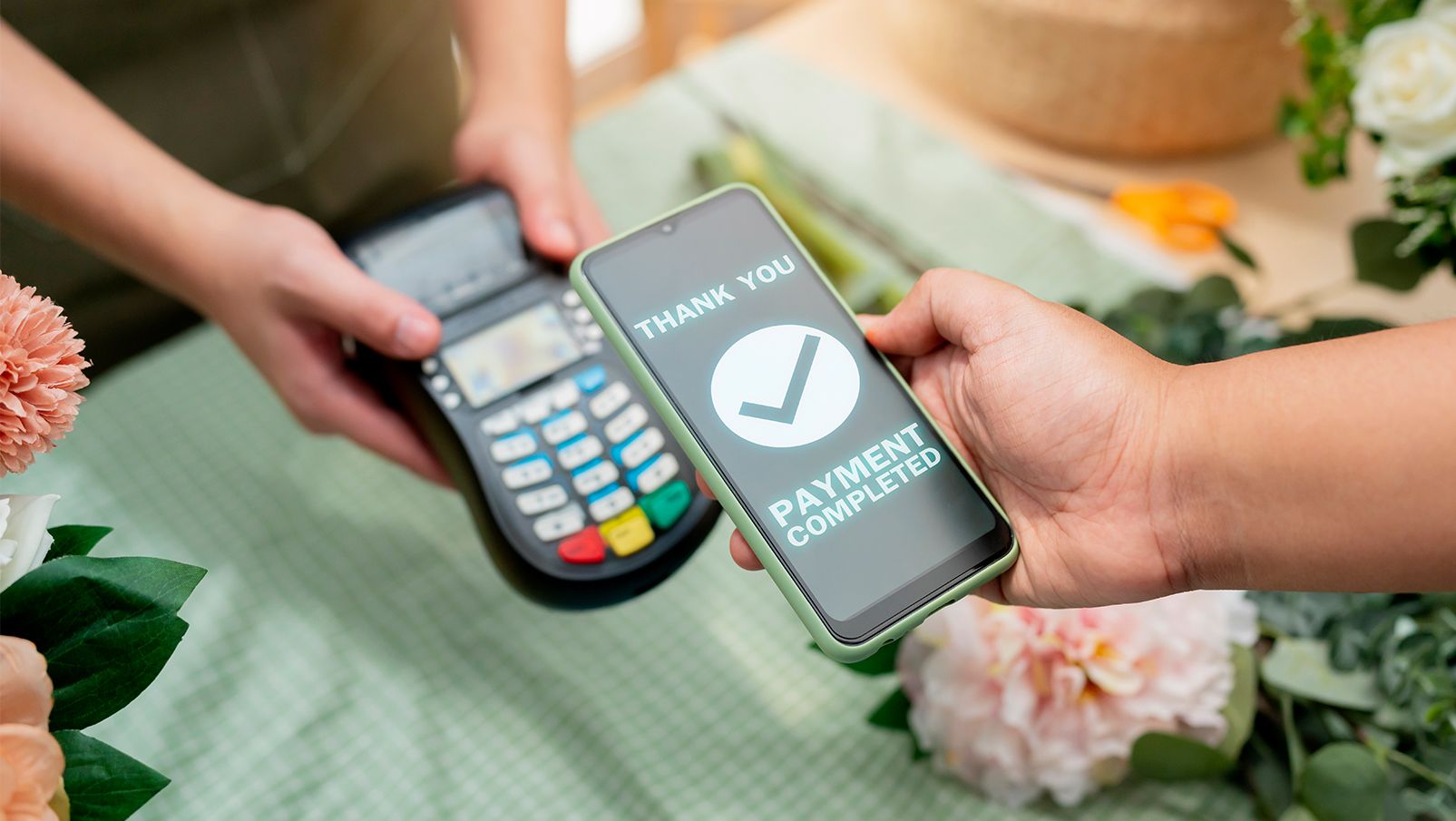For decades, credit cards and cash defined the way consumers transacted. Today, that paradigm is rapidly shifting as mobile payments surge ahead, reshaping how people pay for goods and services. With just a tap or scan, smartphones are increasingly replacing physical wallets and in doing so, they are redefining digital commerce on a global scale.
From Niche to Mainstream
Mobile payments were once considered a novelty, used primarily by early adopters of services like Apple Pay, Google Wallet, or Alipay. Fast forward to 2025, and they have become a mainstream expectation. Analysts report that the global mobile payments market is projected to surpass $12 trillion by 2027, fueled by widespread smartphone penetration, improved internet connectivity, and growing trust in digital ecosystems.
Retailers, restaurants, and even public transit systems now view mobile payment integration as non-negotiable. In regions such as China, where QR code–based systems dominate, mobile wallets have virtually eliminated the need for cash. Meanwhile, Western markets are catching up quickly as contactless adoption accelerates.
Security Driving Adoption
One of the primary accelerators of mobile payments has been advances in security. Early skepticism over data safety is giving way to confidence, thanks to biometric authentication, tokenization, and AI-driven fraud detection.
Unlike magnetic stripe cards or even chip-and-PIN systems, mobile payments typically rely on dynamic security codes that are nearly impossible to replicate. Fingerprint scanning, facial recognition, and two-factor authentication add extra layers of protection. In fact, studies show that fraud rates for mobile payments are significantly lower than for traditional card-based transactions a critical factor in their widespread acceptance.
Convenience as the Killer App
Convenience remains the most compelling argument for mobile payments. Consumers increasingly expect to complete purchases in seconds whether online, in-store, or peer-to-peer. With mobile wallets, loyalty cards, and even transit passes stored on the same device, smartphones have become the ultimate “all-in-one” financial tool.
In emerging markets, mobile payments are also driving financial inclusion, enabling millions of unbanked individuals to participate in the digital economy. Platforms like M-Pesa in Africa have demonstrated how mobile payments can leapfrog traditional banking infrastructure, creating entirely new economic opportunities.
The Business Imperative
For merchants, mobile payments are no longer optional they are a competitive necessity. Businesses that fail to adopt mobile-friendly payment systems risk alienating younger demographics, who are less likely to carry cash or physical cards.
Moreover, mobile payments provide rich data insights. Every transaction generates information that, when analyzed, can reveal customer behavior patterns, purchasing habits, and loyalty triggers. Retailers are leveraging this data to deliver personalized offers, optimize inventory, and enhance customer experiences.
The Role of Big Tech and Fintech
The rapid evolution of mobile payments has been fueled by a combination of big tech giants and nimble fintech startups. Companies like Apple, Google, and Samsung have leveraged their massive device ecosystems to make mobile wallets ubiquitous. Meanwhile, fintech innovators such as Square (Block), Stripe, and PayPal continue to push the boundaries with integrations that span e-commerce, point-of-sale systems, and peer-to-peer transfers.
The competition has created a dynamic landscape where innovation moves fast. Super apps in Asia, like WeChat and Grab, bundle payments with messaging, shopping, and ride-hailing, offering a glimpse into what the future of mobile commerce could look like in other regions.
Challenges on the Horizon
Despite its meteoric rise, mobile payments still face challenges. Interoperability remains a sticking point, as not all platforms seamlessly integrate across borders or devices. Merchants in smaller markets may struggle with the infrastructure costs of upgrading payment systems.
Regulatory frameworks are another hurdle. Governments are grappling with how to balance consumer protection, data privacy, and financial innovation. Striking the right balance will be key to sustaining long-term growth.
Finally, adoption is uneven. While urban centers embrace mobile-first commerce, rural areas in many countries still rely heavily on cash due to patchy internet access and low smartphone penetration. Bridging this gap will require both policy support and investment in digital infrastructure.
The Road Ahead
Looking forward, mobile payments are set to become even more sophisticated. Innovations such as biometric-only authentication, wearable payment devices, and cryptocurrency integration are already being tested. As 5G networks expand, faster and more reliable connections will further enhance real-time payment experiences.
The shift is more than technological it is cultural. Consumers are not just embracing a new payment method; they are reimagining what money means in a digital-first world. As commerce continues to evolve, one thing is clear: tapping a smartphone is no longer just a convenience it is the new standard of trust, speed, and global connectivity.
